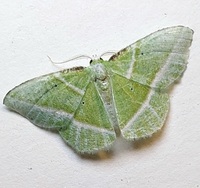
| Recorded by: Mark Basinger on 2025-09-23
Wilson Co.
Comment: | 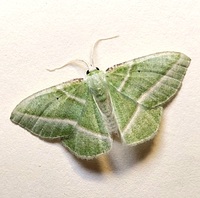
| Recorded by: Mark Basinger on 2025-09-12
Wilson Co.
Comment: |
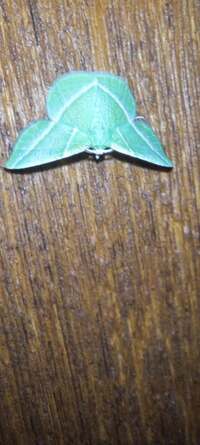
| Recorded by: Allison Garton on 2025-09-07
Moore Co.
Comment: | 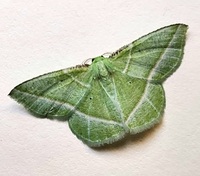
| Recorded by: Mark Basinger on 2025-09-03
Wilson Co.
Comment: |
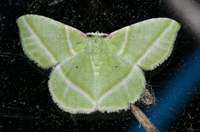
| Recorded by: Jim Petranka, Mark Basinger and Becky Elkin on 2025-08-03
Moore Co.
Comment: | 
| Recorded by: Jeff Niznik, David George, Larry Chen, Sarah Toner, Joye Zhou on 2025-06-20
Richmond Co.
Comment: |

| Recorded by: Mark Basinger on 2025-06-12
Wilson Co.
Comment: | 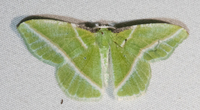
| Recorded by: Emily Stanley on 2025-05-01
Buncombe Co.
Comment: |
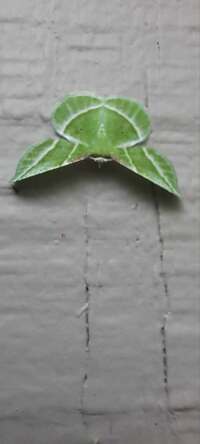
| Recorded by: Allison Garton on 2025-04-23
Moore Co.
Comment: | 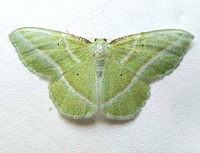
| Recorded by: Mark Basinger on 2025-04-18
Brunswick Co.
Comment: |
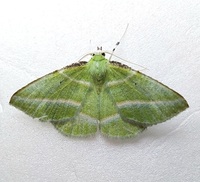
| Recorded by: Mark Basinger on 2025-04-16
Wilson Co.
Comment: | 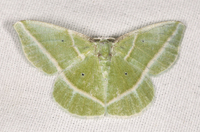
| Recorded by: John Petranka, Jim Petranka and Becky Elkin on 2025-04-14
Bladen Co.
Comment: |
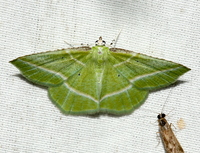
| Recorded by: David George, Jeff Niznik on 2025-04-05
Chatham Co.
Comment: | 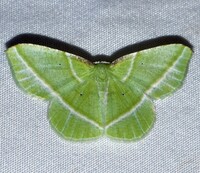
| Recorded by: David George, Stephen Dunn, Jeff Niznik, Patrick Coin on 2024-06-22
Chatham Co.
Comment: |

| Recorded by: R. Newman on 2024-06-14
Carteret Co.
Comment: | 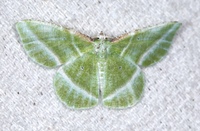
| Recorded by: Jim Petranka on 2024-05-20
Madison Co.
Comment: |
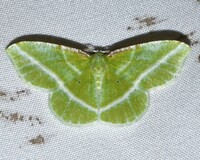
| Recorded by: Jeff Niznik on 2024-05-14
Madison Co.
Comment: | 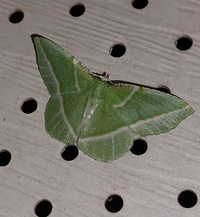
| Recorded by: Mark Basinger on 2023-09-05
Wilson Co.
Comment: |
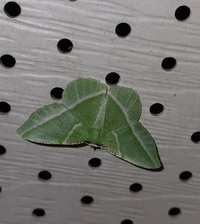
| Recorded by: Mark Basinger on 2023-09-05
Wilson Co.
Comment: | 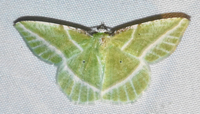
| Recorded by: Emily L Stanley on 2023-05-10
Yancey Co.
Comment: |
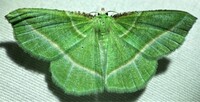
| Recorded by: Dean Furbish and Joy Wiggins on 2023-04-21
Wake Co.
Comment: | 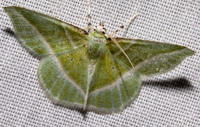
| Recorded by: Stephen Hall on 2023-04-11
Orange Co.
Comment: |
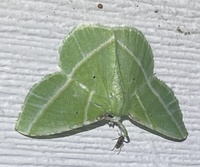
| Recorded by: David George on 2022-09-04
Durham Co.
Comment: | 
| Recorded by: R. Newman on 2022-08-31
Carteret Co.
Comment: |
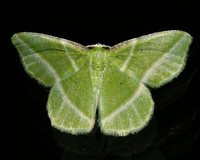
| Recorded by: Owen McConnell on 2022-08-27
Graham Co.
Comment: | 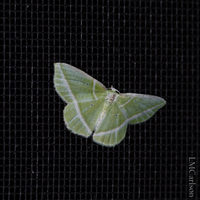
| Recorded by: David George, L. M. Carlson on 2022-06-22
Caswell Co.
Comment: |
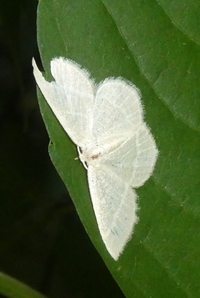
| Recorded by: Simpson Eason on 2022-05-21
Durham Co.
Comment: | 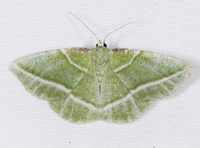
| Recorded by: John Petranka on 2022-05-04
Orange Co.
Comment: |
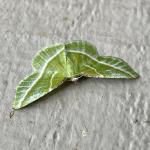
| Recorded by: M. Prinz on 2022-04-26
Moore Co.
Comment: | 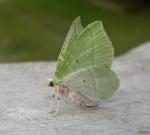
| Recorded by: R. Newman on 2021-09-07
Carteret Co.
Comment: |
|

 »
»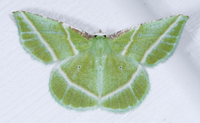
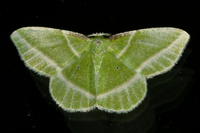

 »
»
